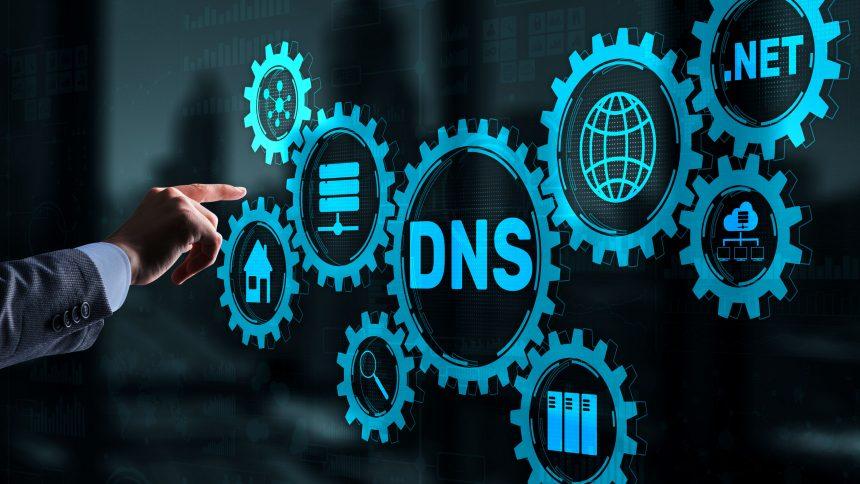‘DNS Server Isn’t Responding’ Error Prevents Users from Accessing Websites
The Domain Name System or DNS is the naming system for devices connected to the Internet or a private network. It works by associating the information with the domain names assigned to each of the participating entities. Most notably, DNS is instrumental in the translation of vital IP addresses. It is possible to locate and identify computer services and devices with the fundamental network protocols with the IP addresses. More simply put, the Domain Name System provides a globally distributed directory service and has been an essential component key to the Internet since 1985.
Computer users may sometimes encounter an error message that states that the ‘DNS Server Isn’t Responding.’ This message indicates a serious issue as the error will prevent the user from opening any website. The causes for the actual error are varied and can indicate anything from issues on the DNS server’s side to hardware problems with the user’s router or software issues within the user’s browser.
Should you encounter this error message, you should first try switching to a different browser to see if it will allow you to access websites. If that doesn’t work, you should see if you have missed any recent browser updates and immediately download and install them. For those viewers that may be a bit more tech-savvy, they may want to try and change the default DNS server to a different one, possibly the public DNS service provided by Google.
Additionally, in order to test if the problem is caused on the hardware end, users should first restart their router, and if that doesn’t help, switch to another router device altogether.
Other Options to Fix This Problem Include: Opening Your Computer Using Safe Mode, Temporarily Disabling Firewall and Antivirus Software, Disabling Secondary Connections, Disabling Peer-to-Peer Features in Windows, Updating Network Adapter Drivers, and Flushing the DNS Cache and Resetting Your IP Address.
If these methods fail, it is advised that you scan your computer for malware using a reputable malware remediation program.





